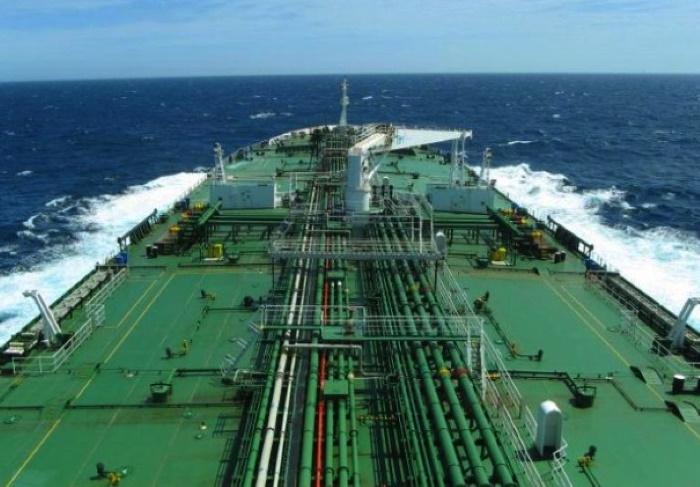A lot of unknowns are yet to be determined over the next few months and years, in order to the shipping industry to gain full clarity around the implementation of the recently agreed IMO Net Zero Framework. In its latest weekly report, shipbroker Gibson said that “undoubtedly, the most significant development at MEPC 83 was the establishment of the IMO Net Zero Framework, which introduced a GHG Fuel Intensity (GFI) standard and economic measures, such as a two-tier carbon trading system requiring higher emitters to offset their CO₂ emissions while rewarding ships that operate with low or zero emissions. The progress on the Net Zero Framework sparked significant controversy. The US delegation withdrew from the negotiations, warning that it may impose retaliatory measures if international rules impose fees on American vessels based on their GHG emissions or fuel types. Nonetheless, an agreement was eventually reached, though not through the usual process. With several member states rejecting the proposal, a formal vote was called, which is highly unusual. The proposal was ultimately approved with 63 nations in favor, including the EU, the UK, China, and India; 16 member states opposed, including several Middle Eastern countries, Russia, and Venezuela; and 24 abstentions”.
“In detail, a tiered levy structure will apply: one rate for emissions exceeding a ‘direct compliance target’, and a higher rate for those surpassing a ‘base target’. These targets are defined in terms of carbon intensity, measured as grams of CO₂ emitted per megajoule of energy consumed (gCO₂/MJ) and calculated on a well-to-wake approach. Emissions up to 77.44 gCO₂/MJ (the direct compliance target) will be exempt. Emissions above 77.44 and up to 89.57 gCO₂/MJ (the base target) will incur a levy of $100 per metric tonne of CO₂ equivalent (mtCO₂e). Emissions above 89.57 gCO₂/MJ will be charged at $380/mtCO₂e. Ships that exceed these thresholds will have several options to offset their excess emissions. They may use surplus units from other vessels, draw on previously banked units, or purchase Remedial Units (RUs) through contributions to the IMO Net-Zero Fund”, Gibson said.

Source: Gibson Shipbrokers
According to Gibson, “both the direct compliance target and base target will be progressively tightened each year starting from 2028. The levies of $100/mtCO₂e and $380/mtCO₂e will remain in place through 2030, after which they will be subject to review. Ships that emit below the base target will earn surplus units (with prices determined by market forces), which can be banked for up to two years or traded. Revenues collected from penalties will be allocated to support vessels that use zero or near-zero carbon fuels. Whilst the key principles have been established, there is still a lot more work that needs to be done. Default carbon intensity values for various fuel grades have not yet been established, and fuel verification schemes must still be developed. The IMO Net-Zero Fund, which will collect payments for non-compliance, has yet to be established. The use of shore power, wind and solar energy, or propulsion systems equipped with carbon capture will contribute to emission reductions, although the mechanisms for accounting these technologies have not been finalized. Similarly, it remains unclear what additional financial rewards the use of zero or near-zero carbon fuels will have”, the shipbroker said.
It added that “while the levies of $100/mtCO₂e and $380/mtCO₂e are set through 2030, it is unclear what will happen beyond that date. Preliminary calculations show that in 2028 compliance costs for eco vessels operating on conventional VLSFO could range from $50,000 to $175,000 per round voyage, depending on tanker size and routing. These costs are set to increase sixfold by 2035, if levies remain unchanged and will be higher if the set penalties rise”.

“The Net Zero Framework is scheduled to be formally adopted during the MEPC meeting in October 2025 and then enter into force on March 1, 2027. Yet, it is possible that another formal vote will be called. For adoption, it must be approved by two-thirds of the parties to MARPOL Annex VI, representing at least 50 percent of the gross tonnage of the global merchant fleet. Considering challenges faced during MEPC 83, it may not be a done deal”, Gibson concluded.
Nikos Roussanoglou, Hellenic Shipping News Worldwide